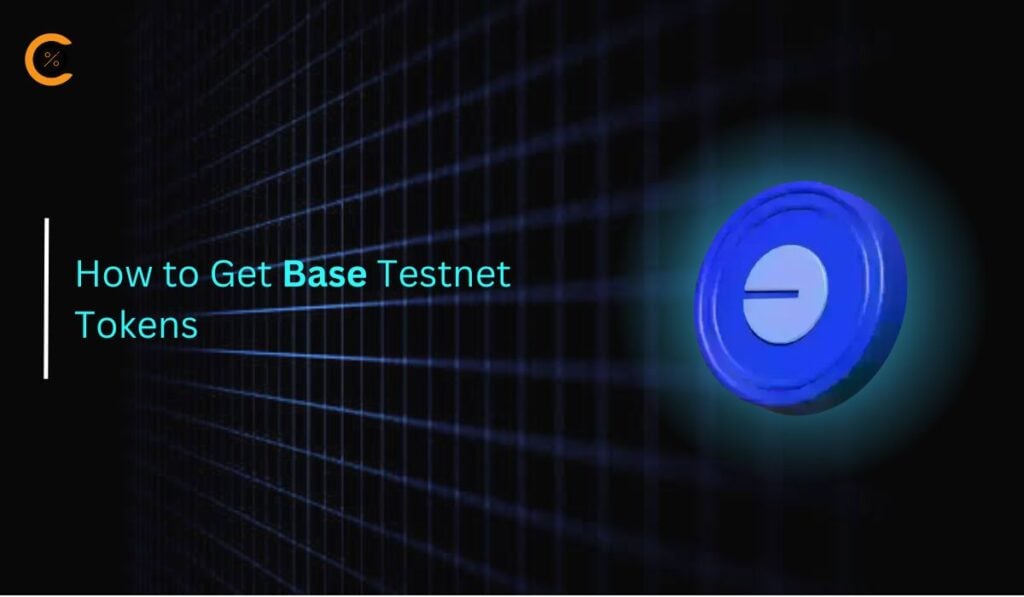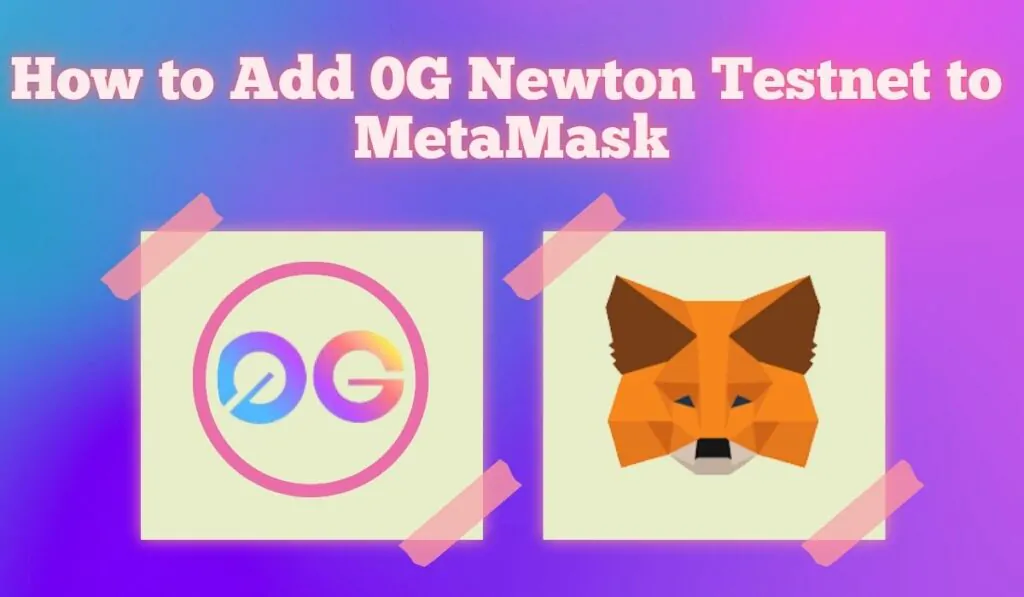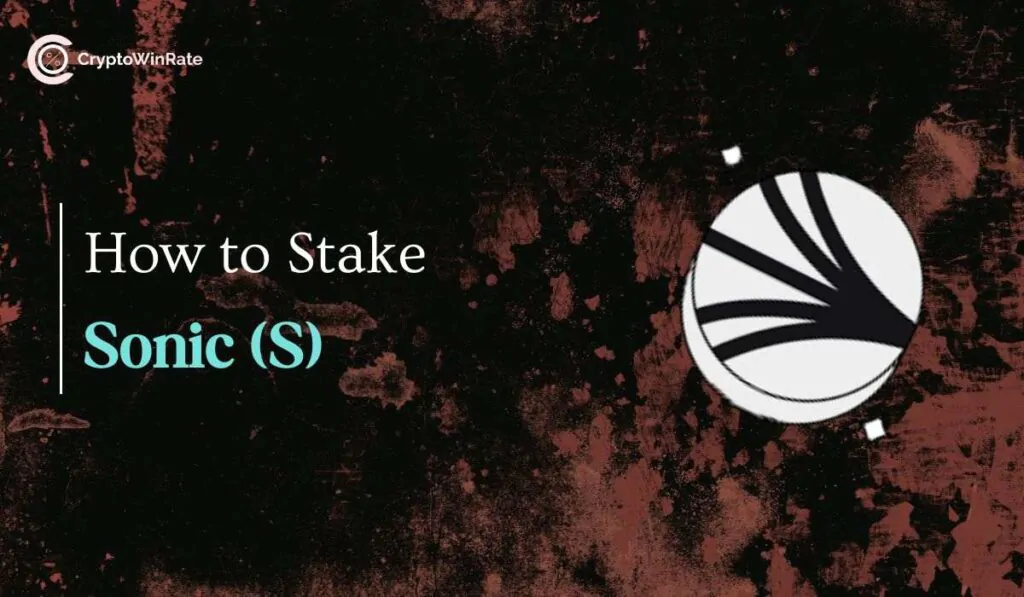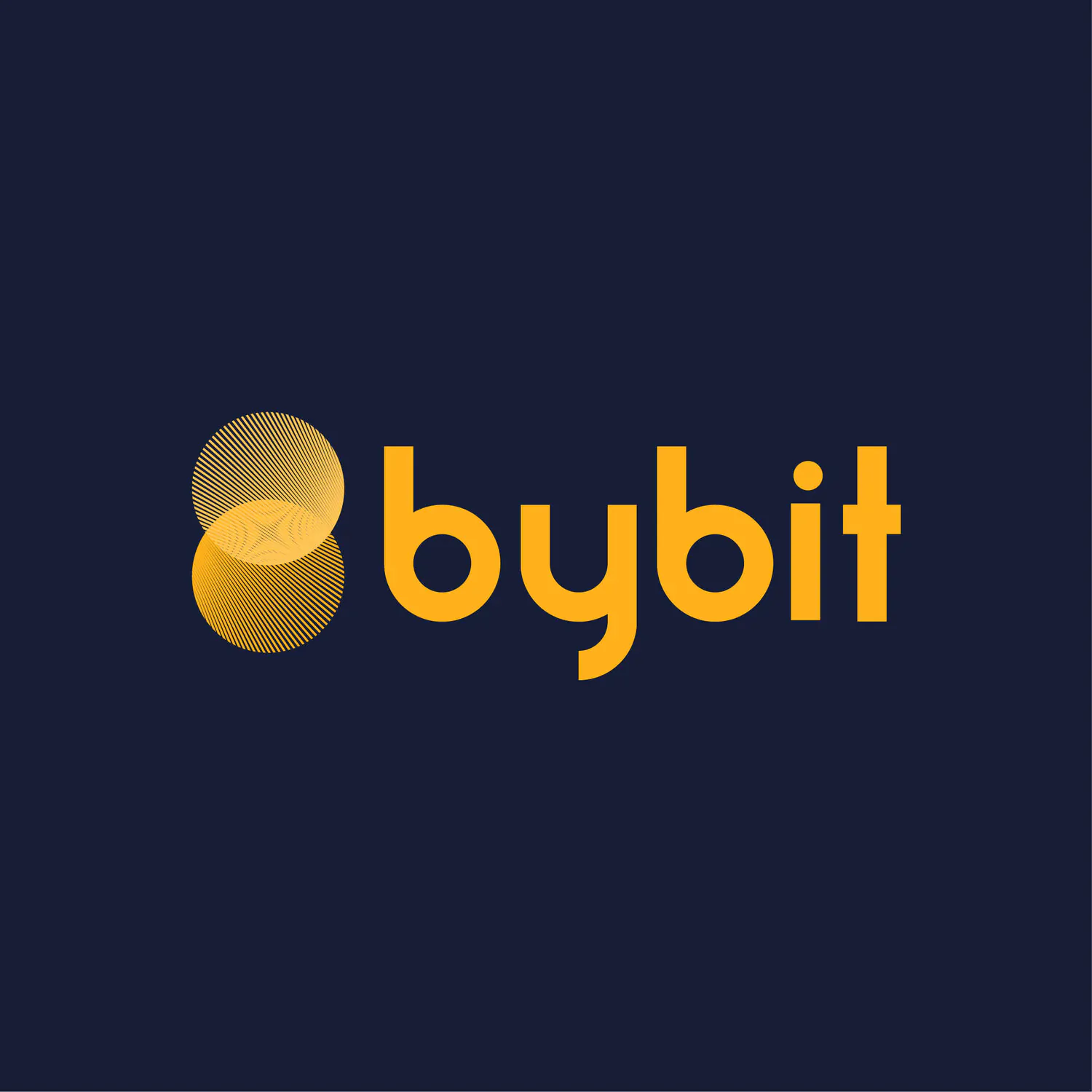Core supports smart contracts and enables crypto enthusiasts to develop and explore decentralized applications (dApps). It is also an EVM-compatible network, so it’s no wonder investors are switching to the blockchain daily. You’re at the right place if you’re interested in exploring the Core blockchain. A “Bridge” lets you switch assets to Core from several blockchains, and this article provides detailed guides on how to bridge to Core using the best bridges available.
Can I Bridge to Core?
Yes, you can bridge your assets to the Core blockchain from networks like Solana, Ethereum, and Arbitrum. To bridge to Core, you need a Core-compatible cross-chain bridge. Bridges are digital tools that crypto users can use to transfer assets from one network to another. Core network bridge, usually called the Native Core Bridge, is the most efficient and secure option, but there are several alternatives that we’ll discuss in this post.
The Core network is compatible with the Ethereum Virtual Machine (EVM). Hence, assets on the blockchain can only be stored in an EVM-compatible wallet. This means you must create an account with a trusted EVM-compatible wallet to store and transfer Core assets. Additionally, bridging to Core is not free. You must set aside extra $CORE tokens to cover the various transaction fees to complete the bridging process.
Wichtige Dinge, die Sie beachten sollten:
Here are the key things to remember when bridging to Core for better understanding.
1 Brieftasche
The wallet is the first thing to keep in mind when preparing to bridge to any blockchain. Due to its specifications and EVM compatibility, Metamask is the best wallet for bridging to Core. When bridging, you’ll need to connect your wallet to the bridge, and the converted tokens will be sent to your Metamask once the process is complete.
Blockchain Wallet Finder
2. Add Support to Wallet (if needed)
You may need to set up your Metamask or preferred Web3 wallet to receive tokens bridged to Core by manually adding the network. Input Core blockchain details on Metamask →Netzwerk hinzufügen section to add the network to your wallet. It’s always best to consult the official Core documentation for the most accurate information. You can also link your wallet to ChainList and then use the tool to add Core to the wallet.
3. Gas fees
Gas and transaction fees are also crucial things to remember. Bridging is not free of charge, but bridging fees depend mainly on the type of cross-chain bridge you choose and the blockchain fee policy. Ensure you have extra $CORE and tokens from the network you want to bridge to Core to pay gas and bridging fees.
Laden...
Rang #Tokensymbol
-
Allzeithoch
-
Aktueller Preis
-
Marktkapitalisierung
-
Gesamtangebot
-
How to Bridge to Core
There are many ways to bridge assets to the Core blockchain. This is made possible by the numerous cross-chain bridges that support bridging assets to and from Core. This section will explore the best cross-chain bridges to use when bridging to Core. Next, we’ll provide a step-by-step guide to ensure you make no mistakes when bridging assets to the Core network.
Using the Native Core Bridge
This is the official bridge for transferring assets to the Core network. Powered by LayerZero, the Native Core Bridge supports transfers from 10 EVM-compatible chains and handles significant assets like USDC, ETH, WETH, and USDT. It is the most efficient and secure platform for transferring assets to Core.
The official Core bridge also supports integration with popular EVM-compatible wallets like Metamask. Here’s a step-by-step guide to bridge to Core using the official bridge.
Schritt 1: Besuch des Native Core Bridge via your preferred browser.
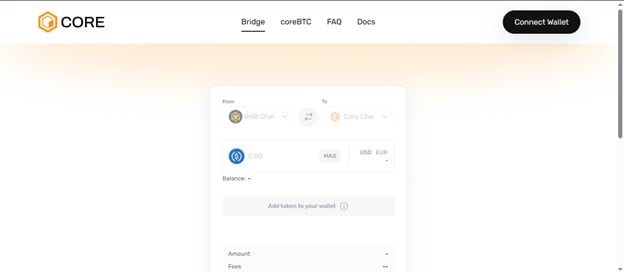
Schritt 2: Klicken Sie Connect Wallet, then link your Metamask wallet to the bridge.
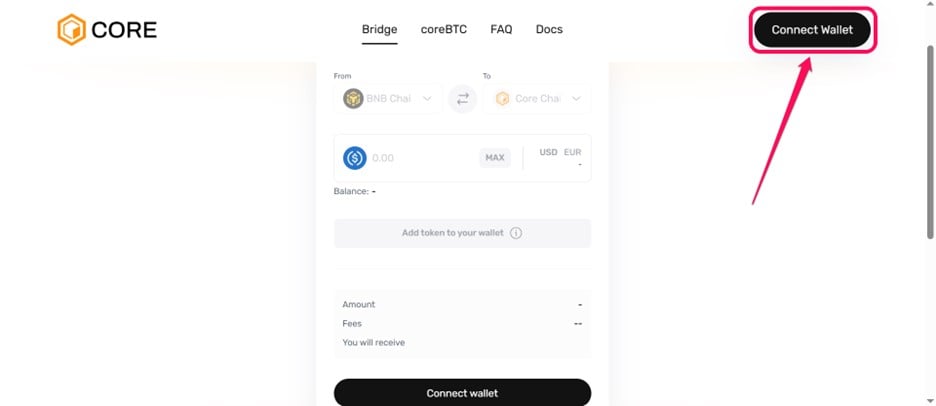
Schritt 3: Choose the token type from the list of supported assets and specify the amount you want to bridge to Core.
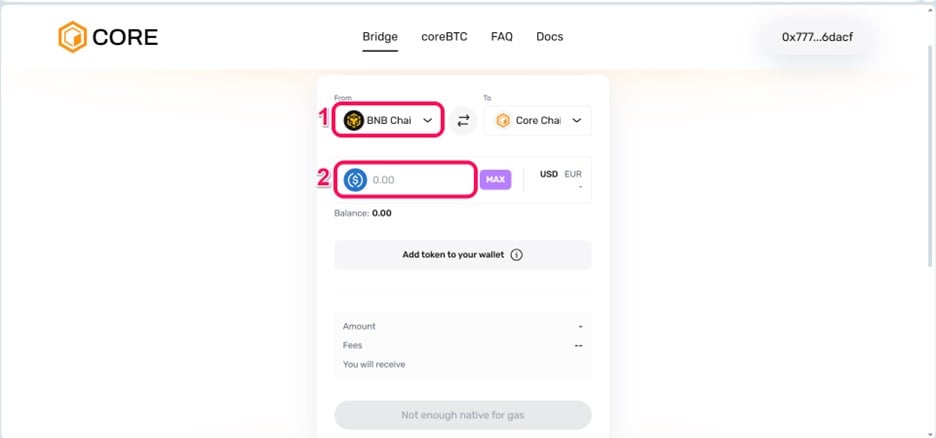
Schritt 4: Klicken Sie Art des to initiate the bridge. Finally, follow the prompts in your wallet to complete the transfer.
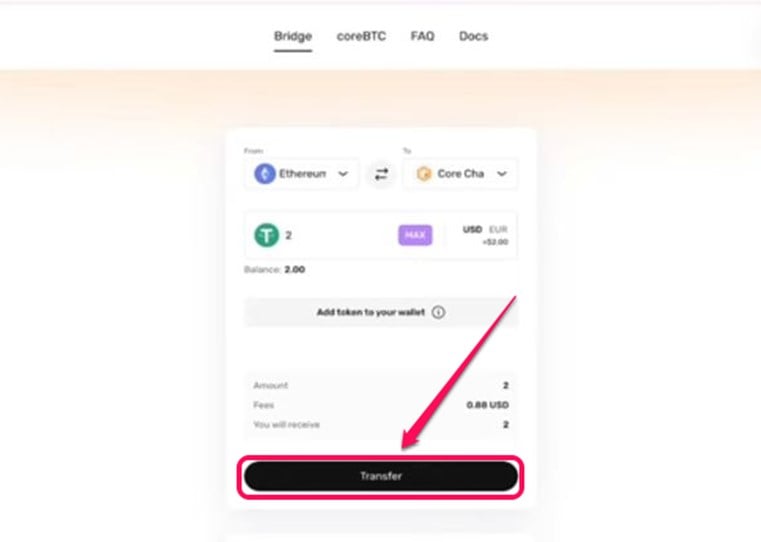
Using Stargate Finance
Stargate Finance is a fully composable cross-chain bridge and liquidity transport protocol. The platform is powered by Omnichain DeFi and built on LayerZero. It allows users to swap 1:1 native assets across diverse chains. Stargate supports transfers to the Core blockchain from several networks, including Layer 1 and 2 blockchains.
The platform provides features like staking or contributing liquidity to get LP points and other rewards. The steps below show how to bridge to Core using Stargate Finance.
Schritt 1: Navigieren Sie zu der Stargate-Finanzen Brücke.
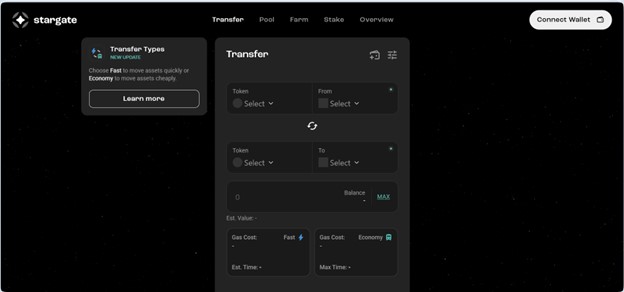
Schritt 2: Klicken Sie Brieftasche anschließen to link your Web3 wallet (preferably Metamask).
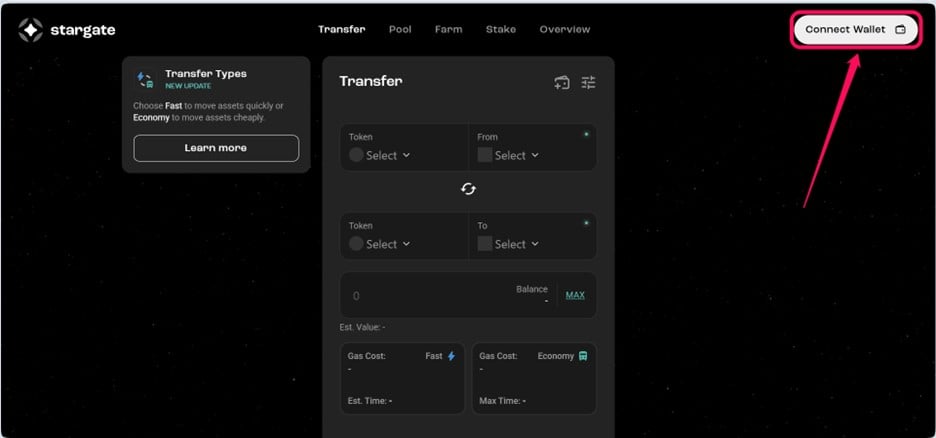
Schritt 3: Select your current network (e.g., Ethereum) and set Core as the destination network.

Schritt 4: Choose the token you want to transfer and enter the amount.
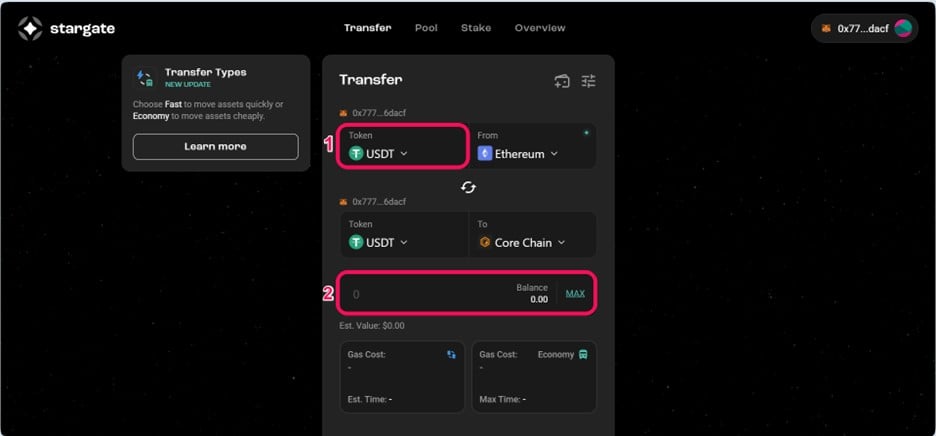
Schritt 5: Approve the transaction in your wallet and confirm. Follow the security and verification prompts to complete the process.
Verwendung von Orbiter Finance
The Orbiter Finance cross-chain bridge is explicitly designed for Layer 2 and EVM-compatible networks like Core. It enables rapid transfers to Core from several Layer 2 scaling solutions.
With Orbiter Finance, users can easily access and leverage the unique features of each scaling solution, maximizing Ethereum’s scalability without complex transactions. Follow the steps below when bridging to Core using Orbiter Finance.
Schritt 1: Besuch des Orbiter-Finanzen bridge platform via your preferred browser.
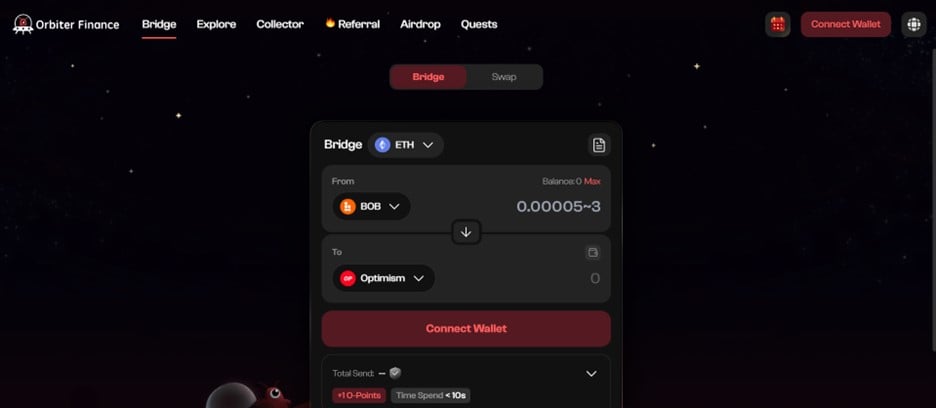
Schritt 2: Connect your Web3 wallet address to the bridge.
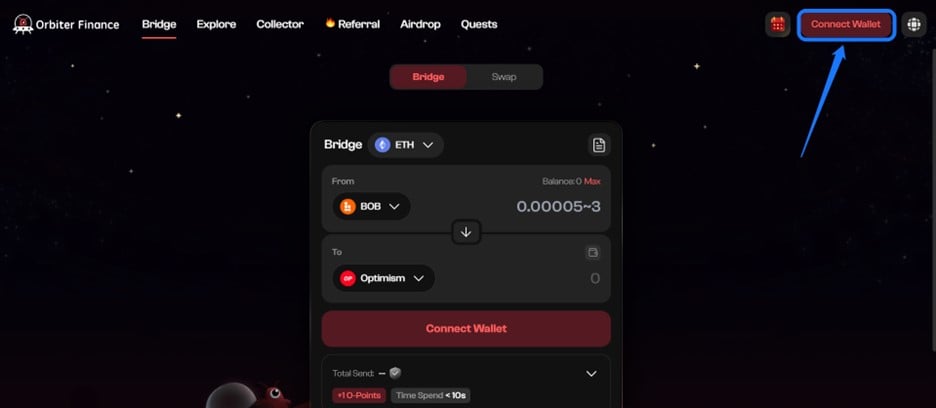
Schritt 3: Select the token you want to bridge by tapping the drop-down menu beside the Bridge klicken.
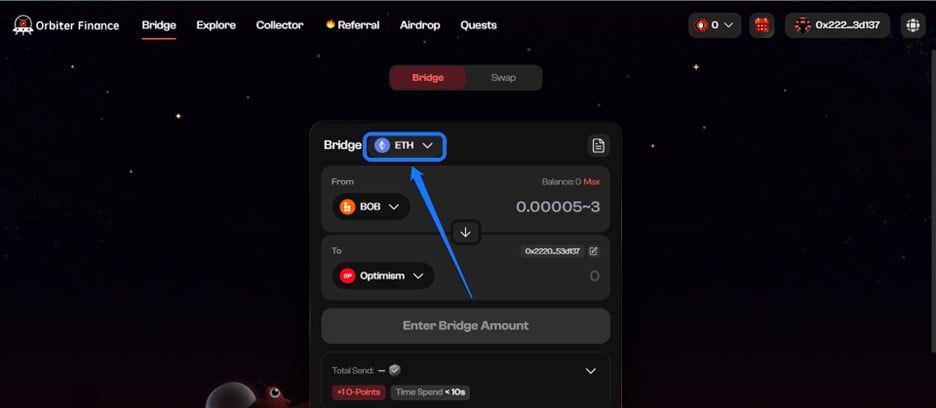
Schritt 4: Im Ab section, choose the current network. Next, select Core from the list attached to the Zu .
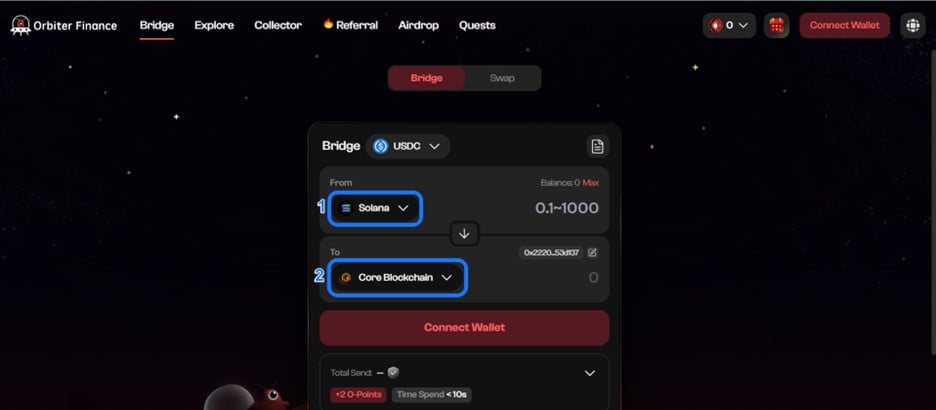
Schritt 5: Enter the number of tokens you want to bridge and confirm.
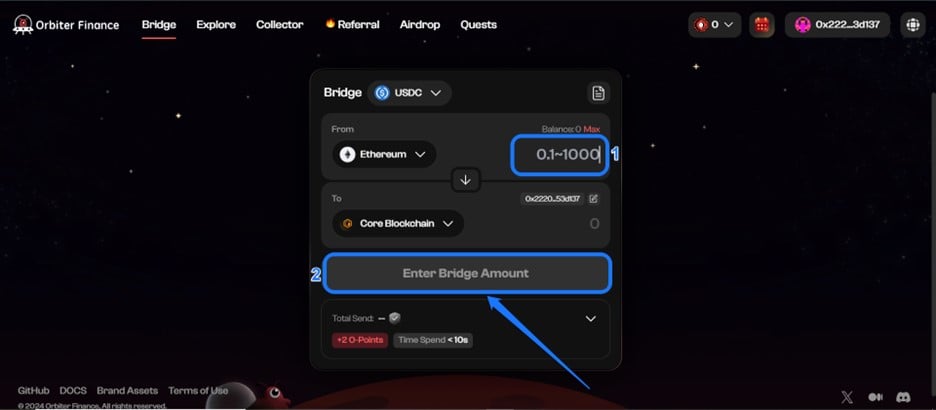
About Core
Core DAO is a Layer 2 blockchain that combines Bitcoin’s security with Ethereum’s scalability. The network uses Satoshi Plus consensus to combine Bitcoin’s Proof of Work, Delegated Proof of Stake, and Non-Custodial Staking for robust security. This setup allows smooth transfers from networks like Ethereum, Arbitrum, and BNB Chain through trusted cross-chain bridges.
Core blockchain is renowned for its extensive community-driven growth and borderless financial solutions, as seen in its extensive on-chain activity and community engagement.
Core Bridging Fees
Bridging and gas fees vary depending on network congestion, the type of tokens bridged, and the cross-chain bridge you choose. For instance, Stargate Finance demands a fixed 0.6% transfer fee on cross-chain swaps. However, transfers done with the official Core bridge have highly volatile fees.
Still, for Ethereum transfers, the Native Core Bridge has no transfer fee (Ethereum gas fee still applies). Stay up to date with Core network fee policy changes to remain on the safer side.
Fazit
Exploring the Core network begins with sending tokens to the chain to enjoy its benefits. Bridging to Core involves a straightforward process, as shown in this post. Locate the Native Core Bridge or other alternatives and follow their respective steps to transfer assets to Core whenever you want to.
Häufig gestellte Fragen
1. Is bridging to Core safe?
Yes, bridging to Core with the official Core bridge and other audited bridges is safe. For safety, never provide personal information when bridging to Core or any other chain.
2. Is bridging to Core the same as swapping?
No, Bridging to the Core moves your assets from other blockchains to the network. However, swapping exchanges one token for another on the same chain.
3. Can I Bridge NFT to Core?
This depends on the bridge, as most bridges focus on token bridging. NFT bridging is still emerging.
4. What types of assets did the Core Bridge support at launch?
The Core Bridge used a mixture of native OFT assets and wrapped assets for day 1 liquidity. For wrapped assets, it supported the transfer of native assets like USDC, USDT, and wETH to Core.
5. How can I qualify for the Core Faucet?
To qualify, you must be bridging over 10 USDT to Core. Core will automatically deposit free $CORE tokens to your wallet if you’re bridging into Core for the first time.







